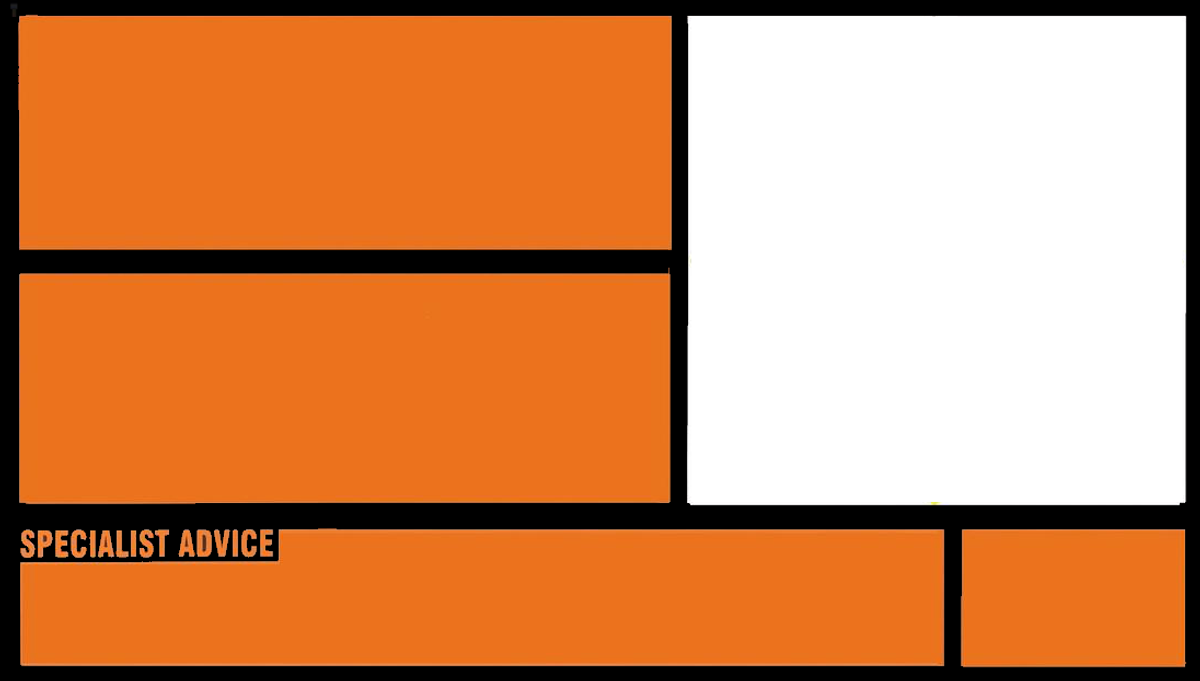All Vehicle ADR Plates
-

HAZCHEM PLATE ALUMINIUM 300X400MM
Colors Available£19.97 (Ex. VAT) -

Folding Orange Hazchem Plate - 300mm x 400mm
Colors Available£21.97 (Ex. VAT)- Buy in bulk and save
Qty (Ex. VAT) 8-0 £19.97 Bulk discount rates
- Buy 8 or above and pay only £19.97 each
-

Orange Hazchem Magnetic Panel 300mm x 400mm
Colors Available£16.48 (Ex. VAT)- Buy in bulk and save
Qty (Ex. VAT) 8-0 £15.40 Bulk discount rates
- Buy 8 or above and pay only £15.40 each
-

Hazchem Orange Plate - Solid 300mm x 400mm - Stainless Steel
Colors Available£19.97 (Ex. VAT)- Buy in bulk and save
Qty (Ex. VAT) 8-0 £17.98 Bulk discount rates
- Buy 8 or above and pay only £17.98 each
-

Holder for Solid Hazchem Orange Plate - Stainless Steel - 300 x 400
Colors Available£21.97 (Ex. VAT)- Buy in bulk and save
Qty (Ex. VAT) 8-0 £19.98 Bulk discount rates
- Buy 8 or above and pay only £19.98 each
-

Custom ADR Plate 400 x 700mm self-adhesive, aluminium or magnetic
Colors Available£53.73 (Ex. VAT) -

Embossed Kemler Panel 300 x 400mm 80/3264 stainless steel
Colors Available£141.87 (Ex. VAT) -

Reflective ADR plate magnetic label Panel/Kemler 300x400
Colors Available£41.85 (Ex. VAT)- Buy in bulk and save
Qty (Ex. VAT) 100-249 £41.60 250-499 £35.17 500-999 £33.83 1000-1999 £33.59 2000-0 £33.45 Bulk discount rates
- Buy 100 - 249 and pay only £41.60 each
- Buy 250 - 499 and pay only £35.17 each
- Buy 500 - 999 and pay only £33.83 each
- Buy 1000 - 1999 and pay only £33.59 each
- Buy 2000 or above and pay only £33.45 each
-

Reflective ADR plate self-adhesive label Panel/Kemler 300x400
Colors Available£19.97 (Ex. VAT)- Buy in bulk and save
Qty (Ex. VAT) 100-249 £9.91 250-499 £8.38 500-999 £8.06 1000-1999 £7.98 2000-0 £7.97 Bulk discount rates
- Buy 100 - 249 and pay only £9.91 each
- Buy 250 - 499 and pay only £8.38 each
- Buy 500 - 999 and pay only £8.06 each
- Buy 1000 - 1999 and pay only £7.98 each
- Buy 2000 or above and pay only £7.97 each
-

Folding Orange Hazchem Plate 120mm x 300mm
Colors Available£18.76 (Ex. VAT)- Buy in bulk and save
Qty (Ex. VAT) 8-0 £18.83 Bulk discount rates
- Buy 8 or above and pay only £18.83 each
-

Orange Hazchem Magnetic Panel 120mm x 300mm
Colors Available£9.90 (Ex. VAT)- Buy in bulk and save
Qty (Ex. VAT) 8+ £0.00 Bulk discount rates
- Buy 8 or above and get 10.4% off
-

Orange Hazchem Panel 300mm x 400mm Self-Adhesive
Colors Available£9.98 (Ex. VAT)
End of products
No more products to load
What Types of ADR Plates Are Available?
Our range includes different types of Orange ADR plates to meet various transport requirements. You can purchase blank ADR orange plates for vehicles carrying packages of dangerous goods in mixed loads. We also supply numbered plates that display both the hazard identification number and UN number for specific substances being transported. In the UK, hazchem placards serve a similar function for domestic transport. Whether you need standard orange plates or specialized ADR vehicle markings, we have supplied solutions for trucks, vans, and commercial vehicles of all sizes.
Which Material and Dimensions Should You Choose?
We offer Orange ADR plates, sometimes referred to as Dangerous Goods Placards in durable aluminium construction that resists rust and weathering. The standard size measures 300 x 400mm, though alternative dimensions are available for smaller vehicles where space is limited. Weather resistant materials ensure your plates remain visible and compliant even in harsh conditions. Reflective orange surfaces enhance visibility during both day and night operations. When selecting plates, consider whether they will be permanently fixed to your vehicle or if you need removable options for vehicles that don’t always carry hazardous goods.
How to Properly Display ADR Orange Plates on Your Vehicle
ADR vehicle placards must be placed on the front and rear of the vehicle carrying dangerous goods. The plates should be clearly displayed where they can be easily seen by emergency responders in the event of an accident or incident. For tank vehicles carrying bulk quantities of a single substance, numbered plates showing the specific hazard identification number and UN number are required. When transporting packages of different classes of dangerous goods, blank orange plates are typically sufficient, sometimes called hazchem boards. The plates or boards must be securely fixed and remain visible throughout the journey.
Understanding ADR Plate Numbers and Hazard Codes
The number system on numbered ADR plates provides crucial information about the material being transported. The hazard identification number appears in the top section, with doubling of digits indicating increased danger levels. For example, a fire hazard might be indicated by specific number combinations. The UN number in the lower section identifies the exact substance or product. When substances react dangerously with water, an ‘X’ letter precedes the hazard code. Emergency services use these numbers to determine appropriate response procedures. We supply these plates in Embossed Stainless Steel, Magnetic and Self Adhesive.
ADR Orange Plates vs Placards: What’s the Difference?
While Orange ADR plates provide numerical identification, placards display pictographic symbols representing different classes of hazardous materials. Both types of markings work together to create a comprehensive hazard communication system. Hazchem plate requirements may vary depending on whether goods are transported in a closed container or open vehicle. Understanding which markings are required helps ensure your transport operation remains compliant.

